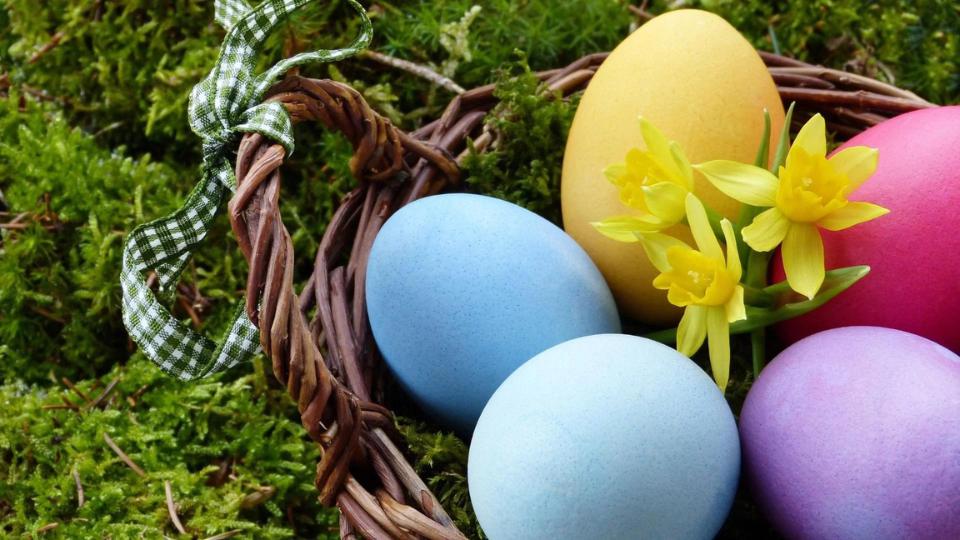
Easter is a time of joy and celebration, but unfortunately, it is also a time of increased waste. With Easter egg packaging, indulgent meals, and decorations, it’s easy to create a lot of unnecessary waste.
However, there are plenty of ways to reduce your Easter waste and celebrate sustainably in 2024.
Easter Waste Facts & Statistics
- In the UK, it is estimated that 80 million Easter eggs are sold each year, generating around 3,000 tonnes of packaging waste.
- An investigation by Which? found that, on average, packaging makes up 25% of the total weight of an Easter egg.
- In the US, it is estimated that Americans spend $2.6 billion on Easter candy, much of which is packaged in single-use plastics.
- Easter egg cartons and boxes are made from cardboard, which is recyclable in many countries.
- Plastic Easter grass is not recyclable and can take up to 500 years to decompose in a landfill.
- Around 75% of aluminium foil used in the US is used for Easter egg packaging.
However, aluminium is one of the most easily recyclable materials, and it is estimated that around 75% of all aluminium ever produced is still in use today.
Choose Sustainable Decorations
When it comes to Easter decorations, there are plenty of eco-friendly options available.
You can use natural items such as flowers, plants, and branches to create beautiful centrepieces and wreaths.
Alternatively, you can purchase decorations made from sustainable materials such as bamboo or recycled paper.
Try to avoid flimsy or single-use plastic decorations that you can’t use the following year.
Avoid Single-Use Plastics
Single-use plastics are a significant source of waste during Easter.
Avoid buying items that are wrapped in plastic or come in plastic packaging.
Instead, choose items that are packaged in paper or cardboard, or buy items in bulk to reduce packaging waste.
Make Your Own Easter Treats
Making your own Easter treats is not only a fun activity, but it’s also a great way to reduce waste.
By making your own Easter eggs and treats, you can avoid excess packaging and reduce the amount of rubbish that goes to landfill.
Here’s a link to a tasty homemade chocolate egg recipe.

Recycle your Easter Waste as Much as Possible
If you do end up with excess waste, make sure to recycle as much as possible.
Many Easter items such as cardboard packaging, plastic containers, and egg cartons can be recycled.
Reduce your Food Waste
After a big Easter dinner, you might have a few leftover bones, cut-offs, peelings, or uneaten items.
Try to use as much as you can before putting it into your general waste.
Bones can make an excellent stock, and leftovers can be made into casseroles, stews, and soups – or perhaps a tasty treat for your pets!
Your cut-offs and peelings ideally should go into a compost (if you have one).
But the biggest way to reduce your food waste at Easter is actually to buy less food. Ask yourself, will this item get eaten, is that portion too big?
By following these tips and being mindful during Easter, you can help to reduce your impact on the environment. Celebrate sustainably and enjoy a waste-free Easter!








